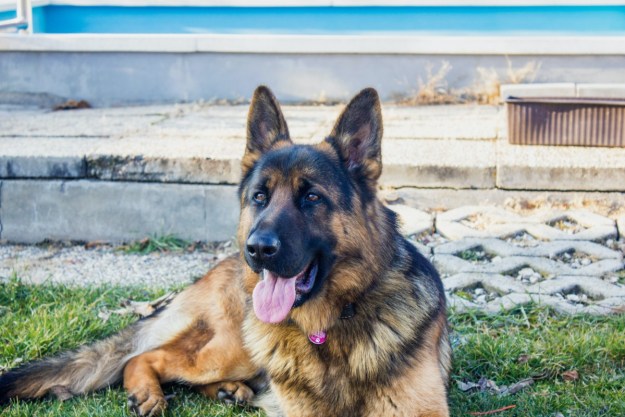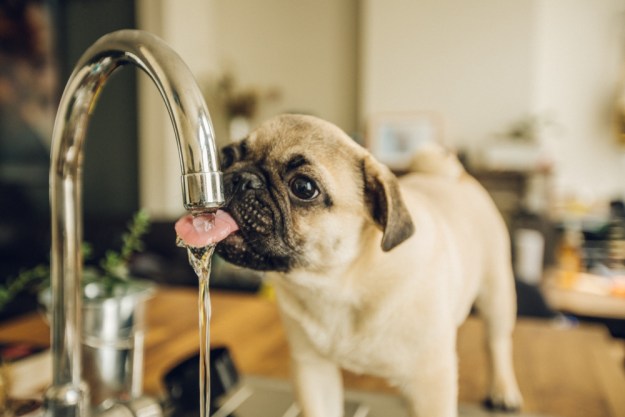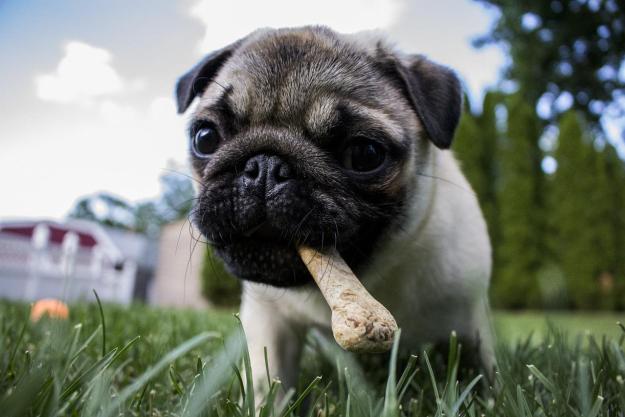Learning how to groom a dog from home can seem challenging at first, but once you break it down into a few different steps, you’ll be able to tackle all your dog’s needs. Bernese mountain dog grooming isn’t too different from what you’d do with any other double-coated pooch, but understanding this breed’s ins and outs will help make their bathing and brushing experience as perfect as it can be.
Grab your brushes and shampoos — or your notebook if you’re still in the research phase — and get ready for some quality time for your pup. He may need to get used to new brushes and tools, but with you by his side, he’ll learn to love it in no time.
How often do Bernese mountain dogs need to be groomed?
Bernese mountain dogs actually require less grooming than many similar breeds, which is great news for any Berner owner. The Bernese Mountain Dog Club of America (BMDCA) notes that these dogs will be just fine with weekly brushing and regular bathing, though the frequency of baths is really up to you.
Bathing too often can dry out a pup’s skin, but waiting too long can sometimes lead to a buildup of dirt, germs, and oils. This breed’s coat, though, sheds heavily, so they’ll naturally rid themselves of some of this debris (via BMDCA). Staying on top of your brushing routine will help keep their coat clean, too — until bath time!
Other than a slight trim around the ears and paws for a smooth, clean look, your Berner’s coat should never be shaved or trimmed (via BMDCA). Of course, shaving may have to happen if your dog undergoes a medical procedure, but it should not be done unless necessary.
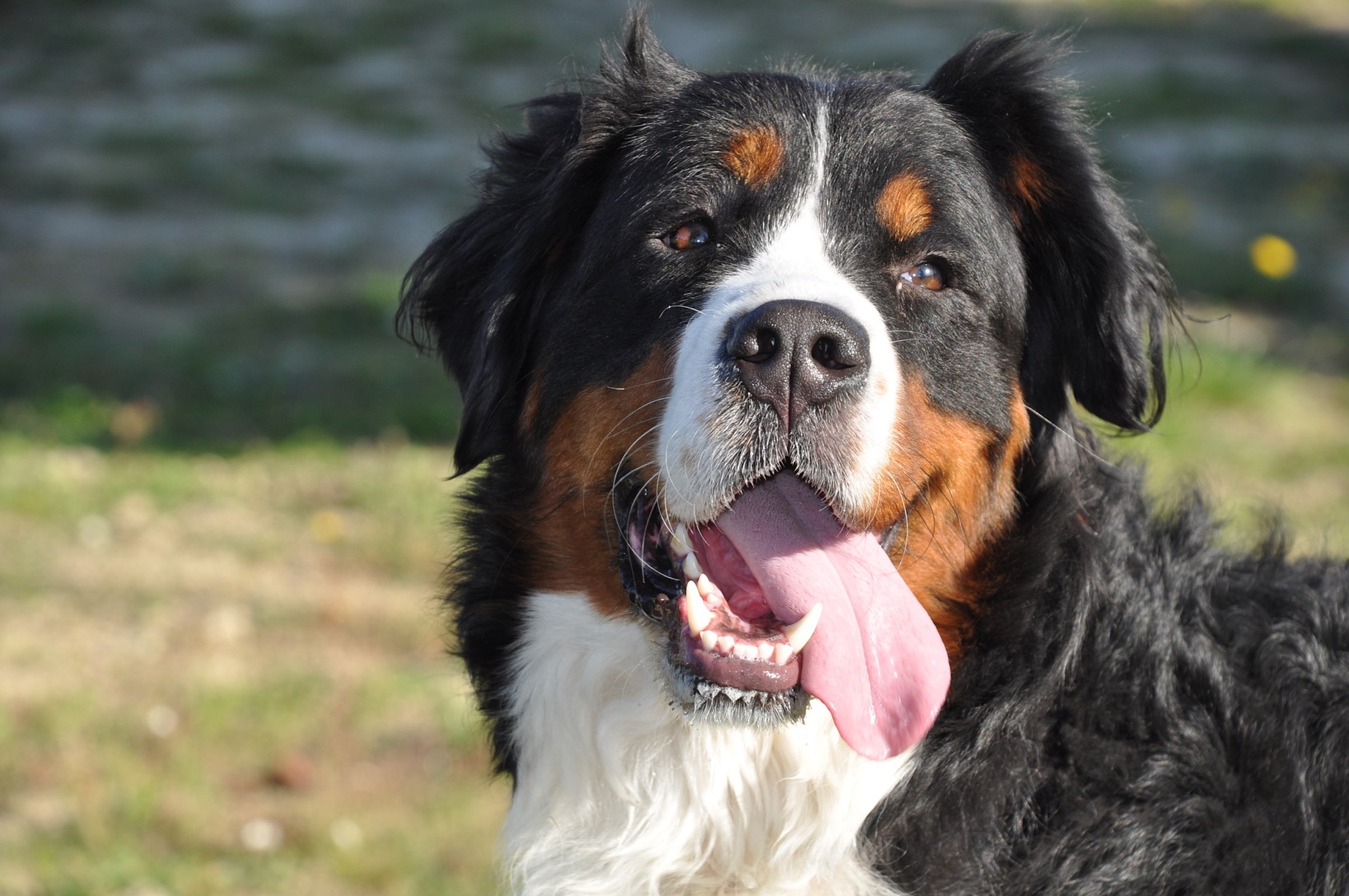
Brushing your Bernese mountain dog
Step 1: Pup parents of any shedding breed will find a shedding rake like the FURminator to be a dream come true during shedding season. The rake will help thin your dog’s undercoat, while a pin brush will be ideal for weekly grooming.
Step 2: If you choose to trim your pup’s ears or paws, it’s always a good idea to invest in canine grooming scissors as well.
Step 3: Once you have all your tools prepared, make sure your dog is as ready for grooming as you are. A calm pup makes for the safest surroundings, so you may have to find somewhere secure and secluded when any grooming tools are involved.
Step 4: It’s OK to introduce tools slowly, too, since not all dogs will feel ready to be trimmed on day one.
Step 5: Don’t forget the treats!
Step 6: Some Berner owners find it easier to brush through their dog’s coat when it’s slightly wet, so you may need a spray bottle for this step (via BMDCA).
Step 7: Either way, make sure to brush all the way down to the skin — though not with a ton of pressure — to reach through to your furry friend’s undercoat.
Step 8: Make sure to brush on a regular basis to keep your dog’s coat shiny and your home as fur-free as possible.
Bathing your Bernese mountain dog
Although your Bernese mountain dog has a coat that naturally repels and sheds dirt, he’ll still need a bath occasionally.
Step 1: Unless your dog starts to get a little smelly, you can gauge when he needs a bath by looking at the sheen of his coat: When his fur seems dull, it’s bath time.
Step 2: Any dog-safe shampoo will be fine for your Berner unless he has any kind of skin disorder.
Step 3: If your Berner has a skin disorder, talk to your vet.
Step 4: For most dogs, though, you can visit any pet store or website to browse a large selection of shampoos for your pooch. Oatmeal shampoos are soothing for irritated skin, two-in-one shampoos also provide a conditioner for a healthy coat, and medicated shampoos help fight infections while keeping your pup squeaky clean. The options really are endless!
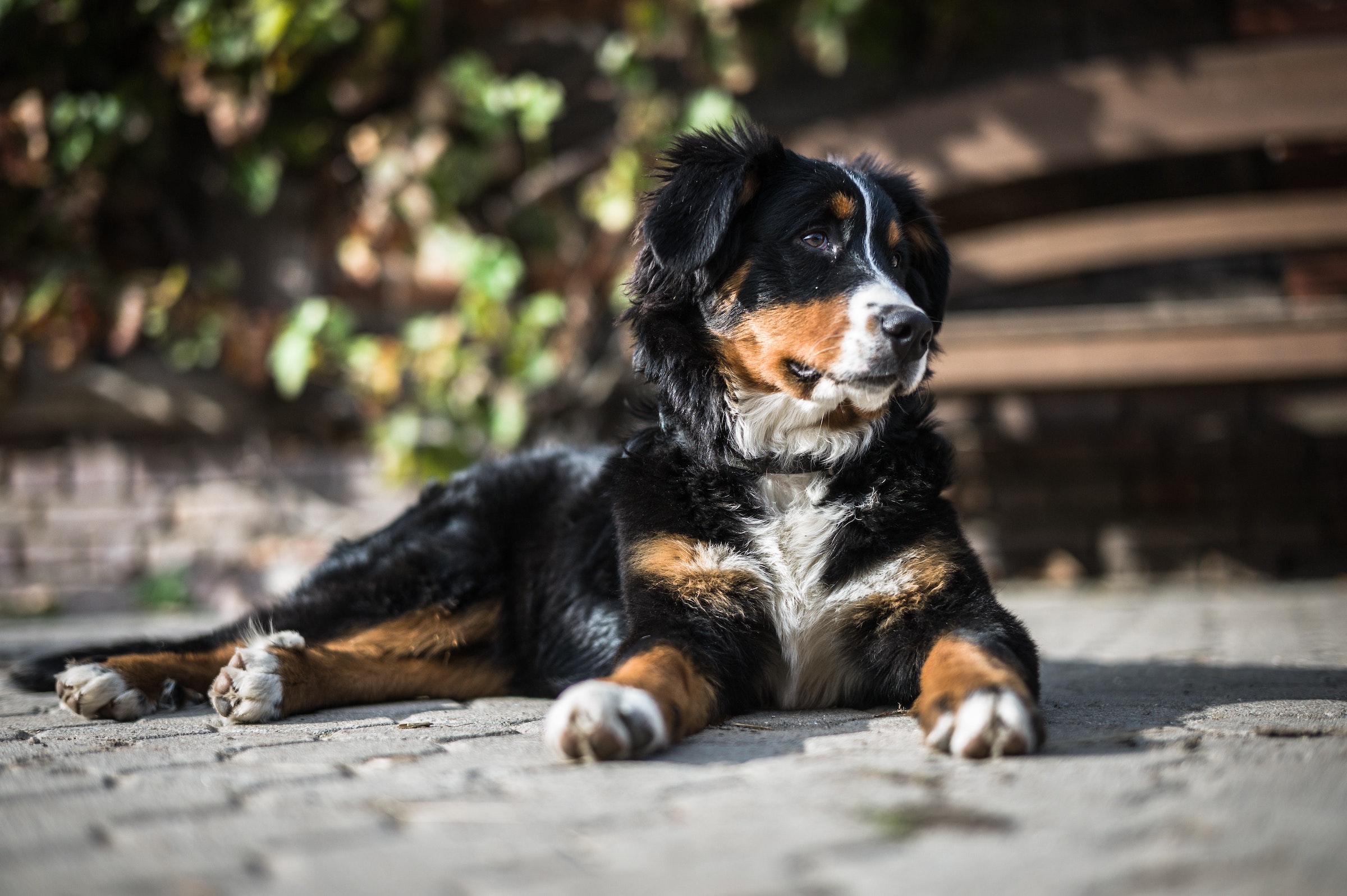
Trimming your dog’s nails
Step 1: Before you get started trimming your fur baby’s nails, you’ll need to have the right tools. A nail clipper for dogs will be great to have if your Berner lets you snip his nails from home since this will save you both time and money by taking one less trip to the groomer’s.
Step 2: If you use trimmers for your Berner’s nails, all you need to do is line up the nail inside the clipper’s blades and squeeze the handle.
Step 3: Using a grinder, on the other hand, will give you more control over the length of the cut, though the vibrations and sound can sometimes make a dog nervous at first.
Step 4: When clipping your dog’s nails, try your best not to cut close to the quick — the sensitive pink tissue that runs inside of every nail.
Step 5: Styptic powder can be used to stop any bleeding before it becomes a problem, so try not to stress too much about nail-trimming time.
Overall, the Bernese mountain dog is fairly easy to groom. They don’t have any special bathing or brushing needs, either, which makes shopping for tools and grooming your pup so easy. Now that you have all the information you need, you can get started creating the perfect grooming routine for your dog.
Editors' Recommendations
- Why do dogs have wet noses? They’re actually really important
- Why do dogs have whiskers? These small features play a huge role
- Dog body language decoded: This is why dogs pull their ears back
- Can dogs eat shrimp? The answer may surprise you
- The best oversized dog beds your pup will love


